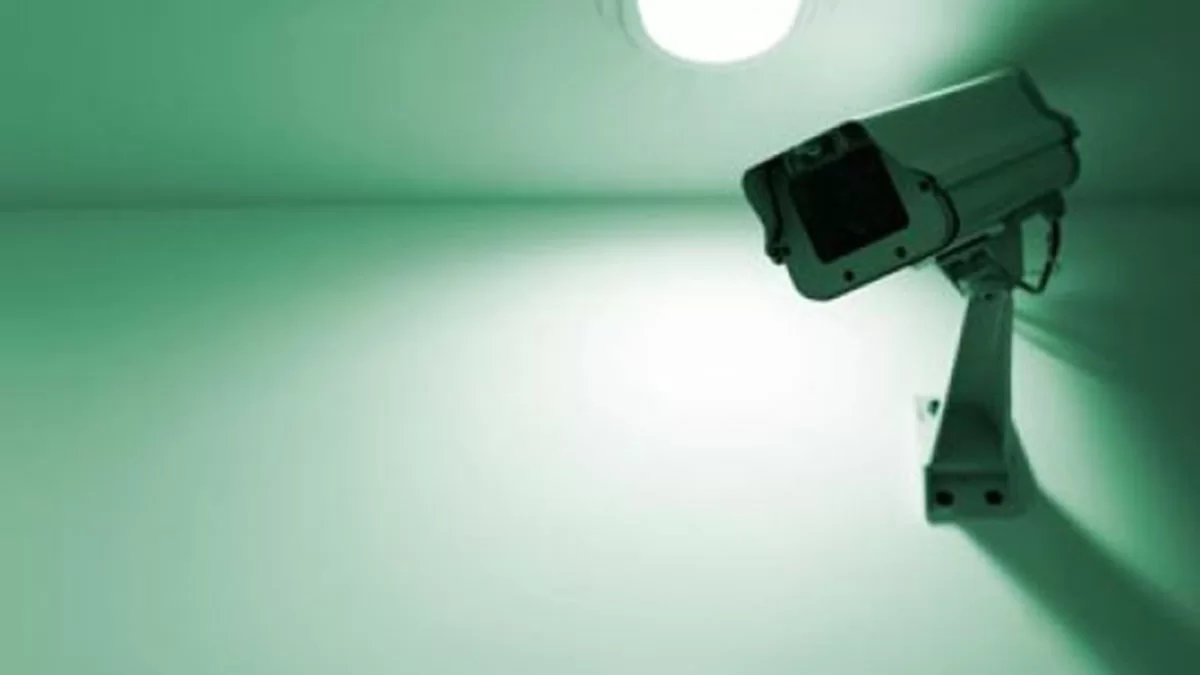Smart devices are being introduced into the households of more Americans than ever before. According to the NPD Group, in February 2021, half of us owned a smart device. This is an increase from 35% in January 2020.
And as those devices advance in capability, more of them, including Amazon’s (AMZN) Echo Show 10 and Google’s (GOOG, GOOGL) Nest Hub and Nest Hub Max, are adding cameras to let you video chat with friends and family and, in the case of the Nest devices, serve as in-home security cameras.
Still, when we’re at home, how can we be sure the cameras aren’t monitoring our every move? Some of us have reverted to the tried-and-true approach of shielding our devices’ cameras with film, while others have flipped them around while not in operation.
But, inevitably, you’ll forget to turn around your camera, or take that piece of tape off, eliminating the ability to use your slick new gadget as a security camera while you’re away.
Thankfully, most of these smart cameras come with built-in features that ensure they automatically switch off while you’re home and turn back on when you’re away.

Camera: Best Indoor Security Camera without Subscription
Geofencing is a feature built into a number of smart home apps that automatically activates and deactivates features, specifically your device’s camera, depending on your smartphone’s location. And it’s a huge help.
Most big smart home cameras respond to activity, so running around your house will set them off, possibly resulting in a series of videos of you milling around your kitchen. Since geofencing disables the function, your device will not respond to movement.
Geofencing also means you won’t end up cursing yourself when you realize you’ve left for the day and didn’t turn your device’s camera back on to monitor your home.
Geofencing features are integrated into the configuration menus of Google’s Nest and Amazon’s Ring applications, and they’re quick to set up and enable. Since the camera on Amazon’s Echo Display 10 doesn’t capture video and is only triggered when requested by an Alexa warning, geofencing is largely unnecessary.
Chances are your device won’t refer to its geofencing features as such. Google, for instance, calls the feature Presence sensing. When setting up the option, your phone will ask if you want to give the app permission to track your location at all times. And while you might not like that idea, it’s the only way to ensure that geofencing works properly.
You’ll also need to enter your address into the smart device’s app settings. This allows the device to know where it’s located, and get a general read that you’re away. With that set up, you can change the device’s app settings to switch the camera off when your device detects that you’re home and turn the camera back on when you leave.
Physical shutters and deleting video: If you don’t trust that your device’s software alone will keep it from spying on you, there’s a more direct approach to turning the camera off: a physical shutter.
When not in use, most mobile devices have shutters that can be pulled over to cover the cameras. Some also have dedicated microphone-disabling keys.
What’s the drawback? If you fail to re-enable your camera before leaving the building, you won’t be able to turn the shutter on.
In terms of video captured on your phone, each organization has a way to erase it from the software on your smartphone. For example, Amazon lets you erase video automatically after a certain amount of time or manually anytime you like.